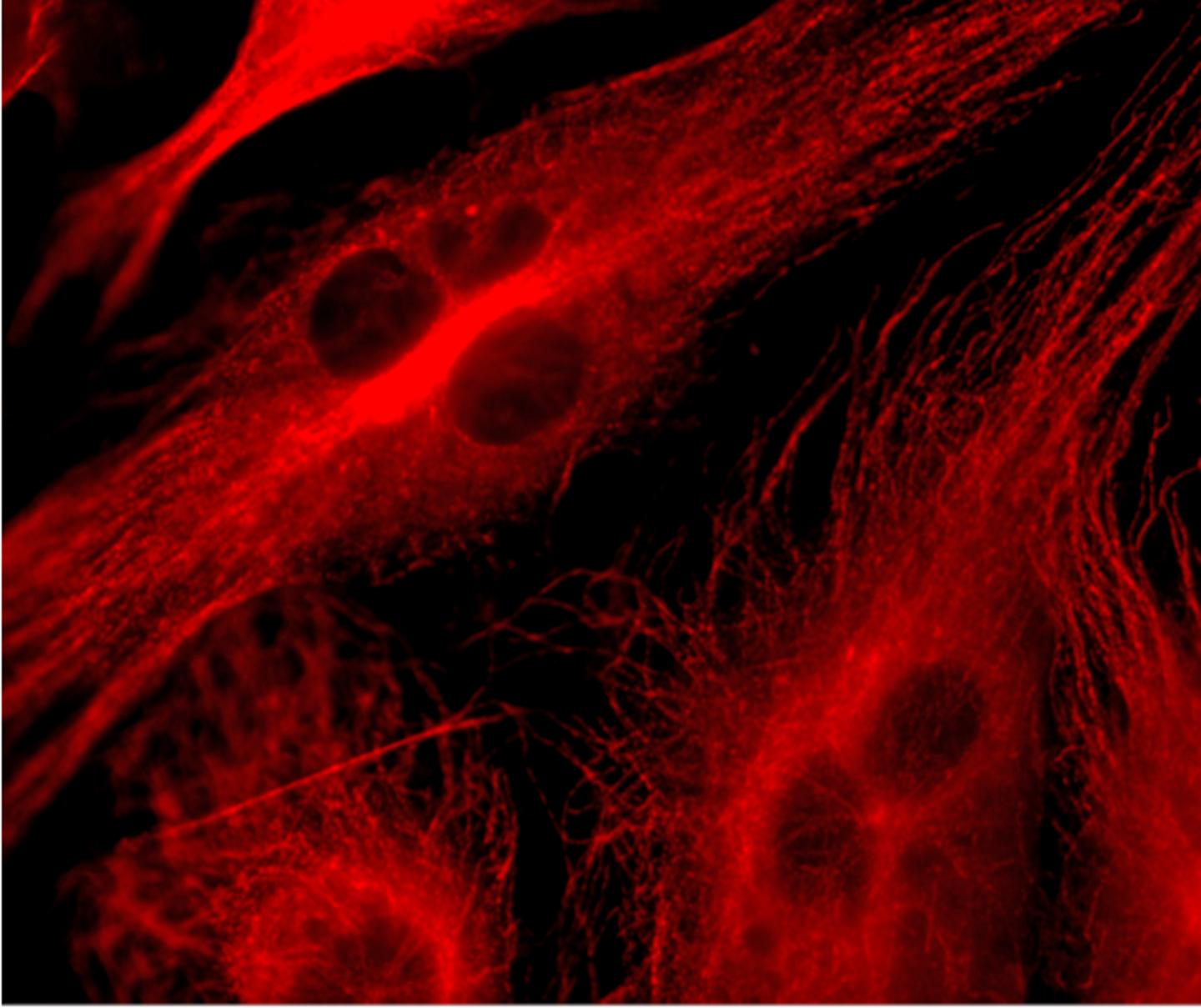Mouse models developed with CRISPR technology lead to possible nanoparticle treatment

Credit: Cincinnati Children’s
CINCINNATI–Scientists used a gene editing method called CRISPR/Cas9 to generate mice that faithfully mimic a fatal respiratory disorder in newborn infants that turns their lips and skin blue. The new laboratory model allowed researchers to pinpoint the ailment’s cause and develop a potential and desperately needed nanoparticle-based treatment.
Mostly untreatable, Alveolar Capillary Dysplasia with Misalignment of Pulmonary Veins (ACDMPV) usually strikes infants within a month of birth, according researchers at Cincinnati Children’s Hospital Medical Center, who publish findings in the American Journal of Respiratory and Critical Care Medicine. The disease starves the pulmonary system of oxygen after the lung’s blood vessels don’t form properly during organ development. The lack of tiny blood vessels called alveolar capillaries causes hypoxia, inflammation and death.
“There are no effective treatments other than a lung transplant, so the need for new therapeutics is urgent,” said Vlad Kalinichenko, MD, PhD, at the Cincinnati Children’s Perinatal Institute Center for Lung Regenerative Medicine and lead study investigator. “We identified a nanoparticle therapeutic strategy to increase the number of alveolar capillaries and help preserve respiratory function for at least a subset of the babies with this congenital lung disease.”
The disease has long been linked to mutations in the FOXF1 gene, an important regulator of embryonic lung development. The remaining mystery until this study is precise microbiological processes that fuel ACDMPV, according to the researchers.
Uncovering the STAT3 Connection
In collaboration with the team of Pawel Stankiewicz, MD, at the Baylor College of Medicine in Houston, the Kalinichenko lab analyzed genetic information from human ACDMPV cases to generate the first clinically relevant animal model of ACDMPV. They used CRISPR/Cas9 to recreate human FOXF1 mutations in the mouse. CRISPR-Cas9 allows precise gene editing by using an enzyme to cut out specific sections of a DNA sequence and reattaching the loose ends at a desired point to change a cell’s genetic makeup.
Having clinically accurate mouse models of disease ACDMPV allowed the scientists to overcome a longtime hurdle to understanding how the disease develops, authors write.
The work also relied on extensive bioinformatics analyses of clinical and laboratory data from biological tests. This includes a technique called ChIP-Seq (which analyzes protein-DNA interactions), and whole exome sequencing (which reveals the arrangement of all protein-coding regions of genes).
By studying protein-DNA interactions linked to the FOXF1 gene in pulmonary cells, study authors found a specific point mutation involving FOXF1 at the S52F DNA binding location of FOXF1’s nuclear protein. The mutation blocked molecular signaling to multiple downstream target genes involved in formation of pulmonary blood vessels.
They also discovered that the S52F FOXF1 mutant protein did not interact with a protein called STAT3. The link is critical to stimulating the development of blood vessels in the neonatal lung. This led to a deficiency of STAT3 in developing lungs and improper formation of the pulmonary circulatory system.
Researchers also found STAT3 deficiency in donated samples from ACDMPV patients who had specific point mutations in the FOXF1 gene. The authors theorized that treating newborn mice with STAT3 would stimulate blood vessel development in the lungs, but they had to figure out how to get the protein to the lungs.
STAT3 Nanoparticle Solution
Researchers turned to nanoparticle technology to deliver a STAT3 mini-gene to lungs of newborn mice. They created a novel formulation for what are known as polyethylenimine (PEI) nanoparticles.
The gelatin-like PEI nanoparticles can carry therapeutic genetic material to different parts of the body by administering them to patients intravenously. Different formulations of PEI nanoparticles are currently being tested in clinical trials for adult cancer at other institutions, according to study authors.
Therapeutic administration of STAT3 DNA to newborn mice with the S52F FOXF1 mutation restored the ability of endothelial cells to form pulmonary blood vessels. This stimulated blood vessel growth in the animals and the formation of air sacs called alveolar.
“If the efficacy of PEI nanoparticles is confirmed in the clinical trials under way for adult cancer, PEI could be considered for STAT3 gene therapy in infants with ACDMPV,” Kalinichenko said. “Considering that ACDMPV is a rare disease, a multicenter clinical trial would be needed to assess the efficacy of STAT3 gene therapy in ACDMPV newborns and infants.”
The study’s first author is Arun Pradhan, PhD, a researcher who works in the Kalinichenko laboratory.
Funding support for the study came from the National Institutes of Health (HL84151, HL141174, HL123490, HL137203, HL132849 and grants from the National Organization for Rare Disorders.
###
Media Contact
Nick Miller
[email protected]
Related Journal Article
http://dx.




